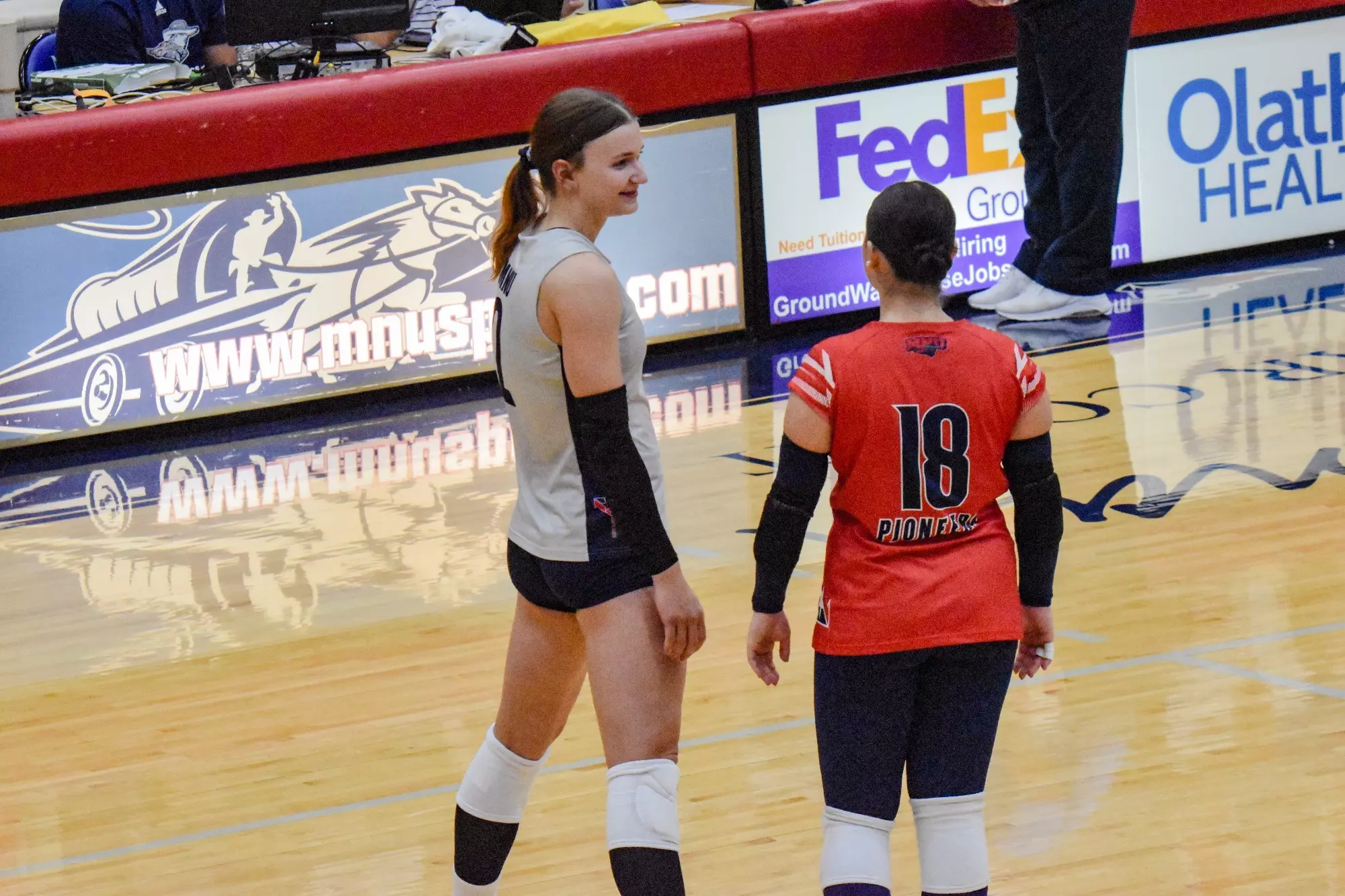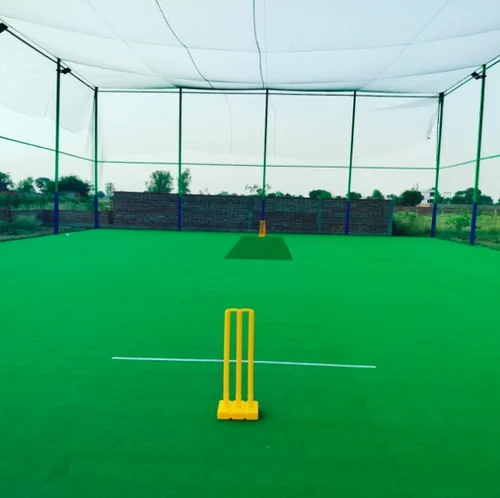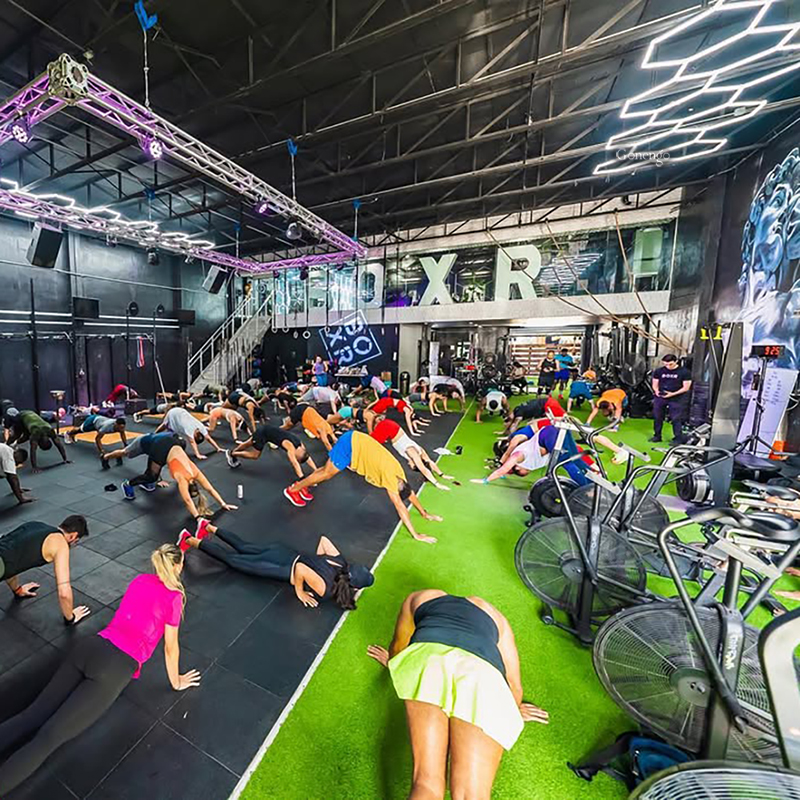What Is a Libero in Volleyball? 17 Key Facts You Need to Know

The sport of volleyball has evolved significantly since its inception, and with this evolution came the introduction of specialized roles. One of the most intriguing and misunderstood positions is that of the libero. But what is a libero in volleyball? In simple terms, a libero is a back-row defensive specialist, wearing a different-colored jersey, tasked with keeping the ball in play and orchestrating the team's defensive transitions.
First introduced by the Fédération Internationale de Volleyball (FIVB) in 1998, the libero was created to enhance the quality of rallies and add more excitement to defensive play. The idea was to give teams a player focused solely on receiving serves and digging attacks, improving game flow and intensity. The libero revolutionized how teams approach defense and gave smaller players a defined role in a sport typically dominated by height.
Role and Responsibilities of a Libero
At the heart of a libero's role lies defense. The libero must anticipate spikes, read the opponent’s hitters, and position themselves effectively to dig hard-driven balls. But their job doesn’t stop there. A libero also plays a critical part in serve receive formations, often taking the majority of first contacts to deliver clean passes to the setter.
They are typically not involved in offensive plays such as attacking or blocking but are essential in covering tips, off-speed shots, and transitional defense. Liberos are often the most vocal players on the court, constantly communicating with teammates to organize positioning and defensive tactics.
In pressure situations, teams often rely on their libero’s consistency and ball control to stabilize the play. They are the “glue” that holds the defensive structure together, providing a solid foundation that allows the offense to build successful plays.
Libero Rules According to Official Guidelines
Understanding the rules surrounding the libero is crucial to grasp their full impact on the game.
Entry and Exit Rules
A unique feature of the libero is their ability to enter and exit the court without formal substitution, which doesn’t count against the team’s substitution limit. These entries can occur only during dead-ball situations and must follow specific rotation rules. The libero can only replace a back-row player and must wait for one rally before switching for another.
Uniform Requirements
To make them easily distinguishable, liberos are required to wear a contrasting jersey color from the rest of the team. This visual difference ensures that officials and opponents can track the libero’s movement and enforce the specific rules that govern their play.
Serving and Attacking Restrictions
In international play and some collegiate levels, liberos are not allowed to serve. However, under NCAA and certain high school rules, the libero may serve in one rotation. Regardless, liberos can never attack the ball above the height of the net or attempt to block. If a libero sets the ball using an overhead pass while standing in front of the 3-meter line (also known as the attack line), the hitter cannot legally spike it.
Skills Required to Be an Effective Libero
The libero position demands a very specialized skill set. Unlike hitters or blockers who focus on explosive power, liberos rely on agility, speed, anticipation, and precision.
Core Technical Skills
Passing and digging are the bread and butter of any good libero. A strong serve receive creates opportunities for offense, while effective digging denies the opponent easy points. Liberos must also be skilled at performing quick lateral movements, platform control, and short-distance dives, known as pancakes or sprawls.
Mental and Tactical Awareness
What sets elite liberos apart is their ability to read the game. They study the hitters’ body language, recognize offensive patterns, and adjust defensive positions in real time. They also serve as on-court tacticians, guiding teammates during serve receive or calling defensive shifts.
Physical Conditioning
While they don’t jump or swing like other positions, liberos need tremendous cardiovascular endurance. They cover a wide area, are always in motion, and must recover quickly from dives and sprints. Core strength, reflexes, and quick-twitch muscles are vital attributes for staying responsive and injury-free.
The Importance of a Libero in a Team
Despite not scoring points directly, a libero’s presence can dramatically change a team’s performance. They often determine whether a rally continues or ends in a point for the opposition. Great liberos bring a calming influence and lead by example with their relentless effort.
They also help setters by providing consistent, accurate passes, allowing for better offensive execution. Without a solid libero, the pressure on attackers and setters increases, disrupting the overall rhythm of the team.
Comparing the Libero to Other Positions
Many confuse the libero with a defensive specialist (DS). While both focus on defense, the libero has broader freedoms in substitution and typically remains on the court longer. A DS must follow normal sub rules and may serve in multiple rotations.
Comparing a libero to a setter or outside hitter highlights even more contrast. Setters orchestrate the offense, while hitters score points through attacking. Liberos focus exclusively on preserving rallies and making the offense possible by ensuring smooth transitions from defense to attack.
Common Misconceptions About Liberos
One of the biggest misconceptions is that liberos are only for digging balls. In reality, they influence every aspect of back-row play. Another myth is that they’re “less important” because they don’t hit or serve (in most formats). On the contrary, many coaches build their defensive systems around their libero, trusting them to handle high-pressure moments.
There’s also a misunderstanding that only short players play libero. While the position is indeed more accessible to those who may not meet the height requirements of attackers or blockers, it still demands elite athleticism, sharp reflexes, and incredible discipline.
Can Liberos Score Points?
Technically, liberos do not score points the same way hitters do. They’re not allowed to attack the ball above the net or block. However, their contributions often lead to points indirectly. A precise dig can turn into a counter-attack. A perfect pass can result in a powerful kill. While they may not be in the spotlight, they are instrumental in setting the stage for success.
In some variations where liberos are allowed to serve, they can directly influence the scoreboard. A tough serve can force reception errors, producing aces or setting up easy scoring chances.
Limitations and Restrictions of a Libero
Liberos face several limitations by design to ensure they remain true defensive players. They cannot rotate to the front row, cannot attack above the net, and are restricted in how they set the ball for attackers. These rules help maintain the balance between offensive and defensive roles within the sport.
These restrictions also place higher demands on the libero’s technical execution. Since they can’t score in traditional ways, their value is measured in their consistency, efficiency, and ability to “rescue” plays that might otherwise result in a point for the opposition.
Famous Liberos in Volleyball History
Over the years, many liberos have risen to global stardom, proving that you don’t have to be the tallest or strongest to dominate the court.
International Icons
One standout is Sérgio Santos (also known as Serginho), Brazil’s legendary libero who was instrumental in winning multiple Olympic medals. His athleticism, anticipation, and unmatched passion for defense made him a fan favorite and a model for aspiring liberos.
Fabiana de Oliveira (Fabi), another Brazilian volleyball star, helped lead her team to back-to-back Olympic gold medals. Her steady presence and defensive brilliance allowed Brazil’s powerhouse offense to flourish.
On the men’s side in Europe, Jenia Grebennikov from France is often considered one of the most technically proficient liberos in the world. His acrobatic digs and perfect passes have dazzled volleyball fans worldwide.
Libero Strategies and Game Tactics
Strategically, liberos are involved in nearly every defensive play. Their movements are choreographed with other defenders to form seamless patterns of coverage. Whether it’s a deep corner dig or adjusting for a sharp cross-court hit, liberos are constantly adapting.
Serve Receive Systems
In serve receive, liberos are usually positioned centrally or in the area most likely to receive serves. Depending on the team’s strategy, they may work in tandem with the outside hitter or defensive specialist to form 2- or 3-person passing formations. Their goal is to take as much responsibility for the first pass as possible, providing accuracy and consistency for the setter.
Reading the Opponent’s Attack
High-level liberos study the approach, timing, and swing angle of opposing hitters. They learn to detect subtle cues that reveal the attacker’s intentions. For instance, a shoulder drop might indicate a sharp cut shot, while a full-arm swing might signal a deep cross-court hit.
Great liberos position themselves not just where the ball is going but where it might be redirected by a block or a touch. This foresight makes them incredibly valuable in prolonging rallies and frustrating opponents.
FAQs About Liberos in Volleyball
To further understand what is a libero in volleyball, let’s dive into some of the most frequently asked questions that help clarify the nuances of this essential position.
1. Why Does the Libero Wear a Different Jersey?
The libero wears a contrasting jersey to make their movements and substitutions easily identifiable by referees and spectators. Since the libero follows a different set of rules—like unrestricted substitutions and positional restrictions—the distinct uniform ensures that officials can monitor their compliance with those rules without confusion.
2. Can the Libero Ever Be the Team Captain?
Yes, a libero can be designated as the team captain, but with limitations. Under FIVB rules, the libero is not allowed to perform the regular captain's duties during play, such as talking to the referee during a dispute. In many national leagues, however, rules may vary, and coaches may choose a libero as a symbolic leader or defensive captain.
3. Can the Libero Set the Ball?
A libero can set the ball, but there are restrictions. If the libero uses an overhead set (like a volley) and is standing in front of the 3-meter (attack) line, any teammate who attacks the ball above the height of the net off that set will be penalized. However, if the libero sets from behind the 3-meter line or uses a forearm pass (bump set), the attack is legal.
4. How Many Liberos Can a Team Have?
At the international and collegiate levels, teams may designate two liberos for a match. Only one libero may be on the court at a time, but the team can alternate between the two throughout the match. This allows for greater flexibility and specialization, such as using one libero for serve receive and another for digging.
5. What Happens if a Libero Gets Injured During a Match?
If a libero is injured and cannot continue, the team may replace them with the second designated libero (if one is available). If only one libero was designated, and they are injured, the team may nominate another player as a replacement for the remainder of the match, following specific regulations outlined by the governing body.
6. Are Liberos Allowed to Serve in All Leagues?
No, libero serving rules vary by league. In FIVB international competitions, liberos are not allowed to serve. In NCAA women’s volleyball, liberos may serve in one rotation per set. In high school and club volleyball, rules depend on the local federation or organization. The trend is slowly shifting to allow liberos more involvement, including limited serving roles.
Note: IndiBlogHub features both user-submitted and editorial content. We do not verify third-party contributions. Read our Disclaimer and Privacy Policyfor details.







